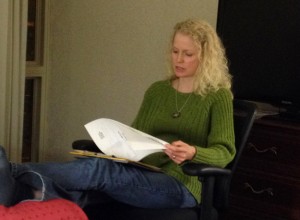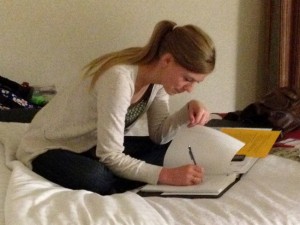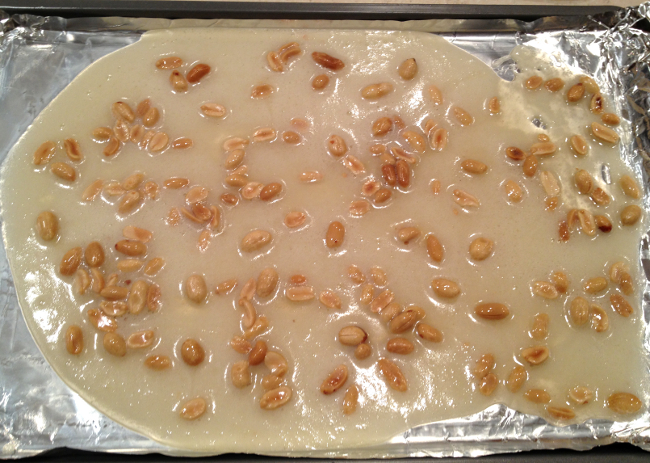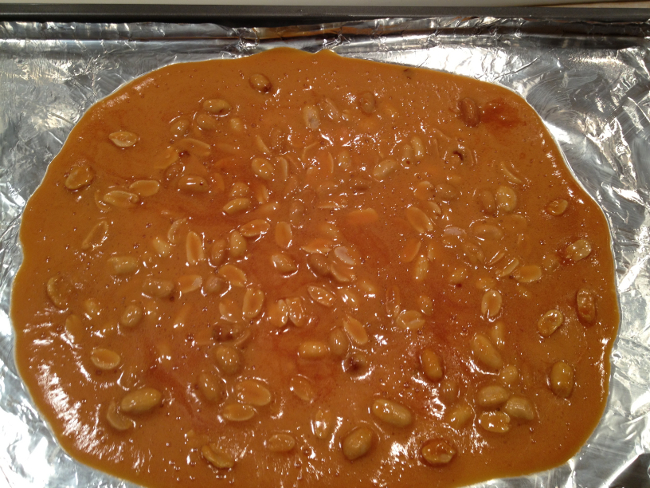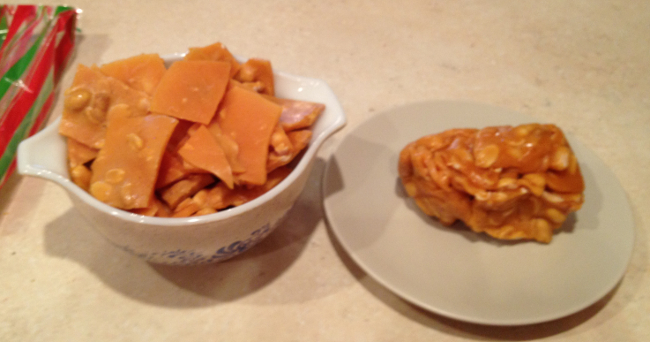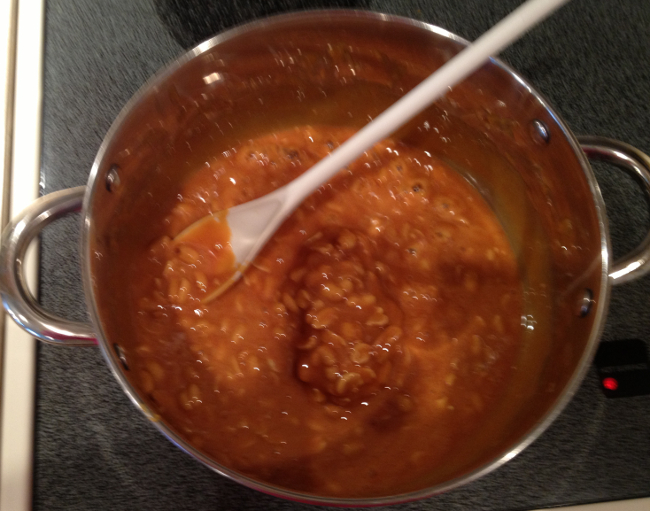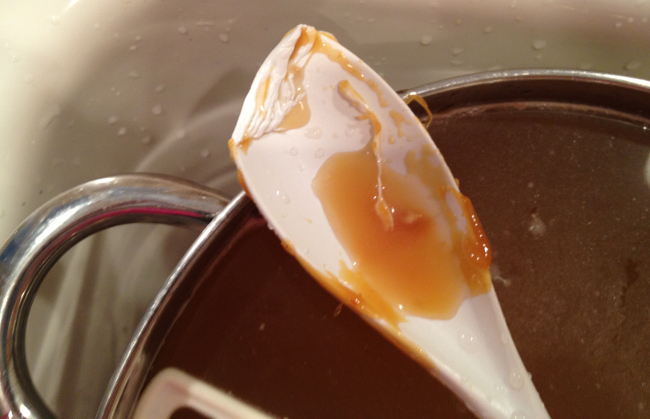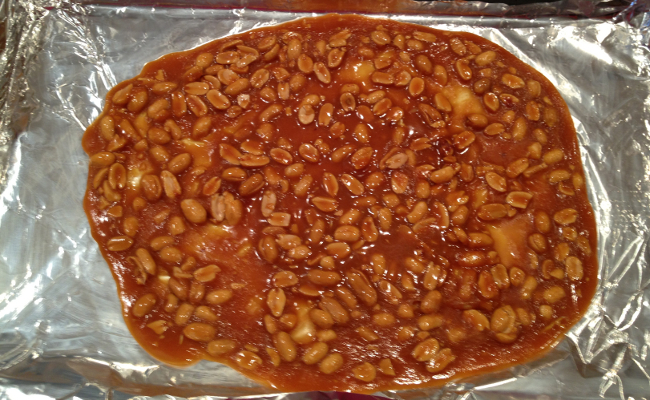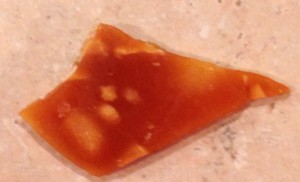It just occurred to me that I quoted Alicia Keyes’ “This Girl Is On Fi-Ya” last year about this time. This Thanksgiving a new fiery experience inspires thankfulness.
While my husband drove us home from a recent out-of-town adventure, I was my usual charming traveling companion self — engrossed in a book. He braked the car abruptly and I rescued my nose from the dashboard just in time to see us speedily approaching a flatbed piled to the sky with hay bales. The pickup driver pulled his rig over, dove out of his truck, and frantically cranked a lever to unhitch his pickup. As our vehicle passed, we noticed why. A bale was burning. My husband parked and we jumped out to help — him with manpower and me to call 911.
When the dispatcher asked me whether we were in Minnesota or South Dakota, I had no idea, so I read the mile marker and the intersection signs nearest me. She sighed and put me through to another dispatcher who said, “You should call 911” and I think he hung up on me. It’s like with Siri. No one takes me seriously. So I called 911 again.
The driver and my husband and another passerby finally got the flatbed unhitched, which was no small miracle, considering how quickly the fire spread.
 It spread like wild fire. Sorry, I couldn’t resist.
It spread like wild fire. Sorry, I couldn’t resist.
Sparks blew toward a grove of trees near a farmhouse adjacent to the road. A college age girl and I scrambled to alert the owners. The door was padlocked, indicating no home dwellers were in danger.
When a lone highway patrol car showed up, I threw up my arms. “I asked for fire trucks and they sent him? What’s he going to do, throw his coffee on it?”
My husband gave me that now-don’t-get-us-a-ticket look. So I saved further complaints for the ride home. We never did meet a fire truck. But, we didn’t hear about any rampant South Dakota/Minnesota fires either, so help must have arrived. And in hindsight I realize how much we have to be thankful for. No one was hurt and the driver had insurance. And we weren’t these unhappy travelers.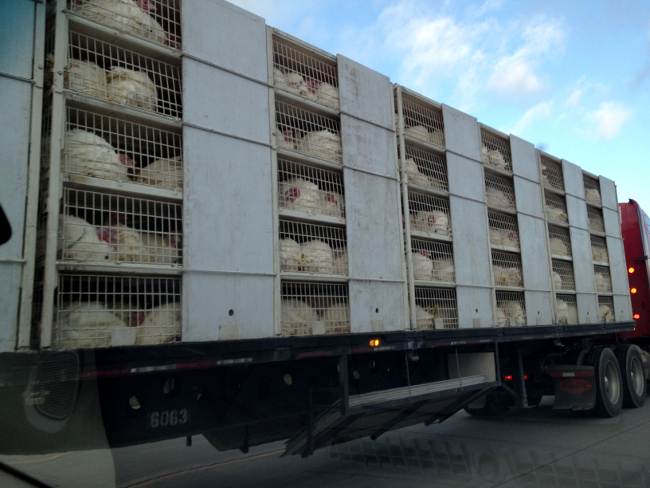
Anyway, Happy Thanksgiving! Keep the home fires burning, but only in your fireplaces please.
For great Thanksgiving reading, pick up a copy of Junie B., First Grader: Turkeys We Have Loved and Eaten (and Other Thankful Stuff) by the amazing Barbara Park (April 21, 1947-November 15, 2013). Barbara Park will live on forever–in her words, in toilet paper roll necklaces, and in our laughter. That’s one more thing for my thankful list.

